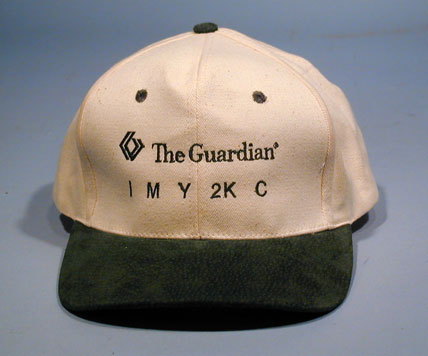As COVID-19 deaths spiked in 2020, Suzanne Firstenberg’s public art installation "In America: How could this happen…"
History Explorer Results (6)
Related Books (0)

Grade Range:
6-12
Resource Type(s):
Artifacts, Primary Sources
Date Posted:
9/3/2020
This allegorical print displays hopes for reconciliation through the federal program of Reconstruction. The nation and government are symbolized by an enormous canopy-like structure, upon which is emblazoned with a map of the United States. An eagle holding a crest and American flag sits atop the ma

Grade Range:
3-12
Resource Type(s):
Reference Materials
Date Posted:
1/9/2018
Before the advent of radio and motion pictures, art and illustration were the primary forms of mass communication. With the outbreak of World War I, governments, militaries, and service organizations hired artists and illustrators to depict the ravages of war and to rally patriotism. Poster image
Grade Range:
K-5
Resource Type(s):
Reviewed Websites, Primary Sources, Lessons & Activities
Duration:
90 minutes
Date Posted:
10/19/2016
This historical investigation is aligned with the C3 Framework and is from C3teachers.org.
This inquiry is an exploration into governments around the world; it examines how the fundamental principles
Grade Range:
8-12
Resource Type(s):
Reviewed Websites, Primary Sources, Lessons & Activities
Duration:
90 minutes
Date Posted:
10/11/2016
This historical investigation is aligned with the C3 Framework and is from C3teachers.org.
This inquiry leads students through an investigation of the perennial power struggle between federal and stat

Grade Range:
K-12
Resource Type(s):
Artifacts, Primary Sources
Date Posted:
9/17/2010
"I want to talk for a few minutes with the people of the United States about banking." So began on March 12, 1933, the first of about thirty informal "Fireside Chat" addresses that President Franklin D. Roosevelt would deliver over the radio. His ability to communicate over this new medium direct

Grade Range:
K-12
Resource Type(s):
Artifacts, Primary Sources
Date Posted:
12/31/2009
In the early days of electronic computers, memory was not as efficient or inexpensive as it is today. To save memory space, programs stored as few digits as possible for dates. In COBOL, for instance, January 1, 1999, was stored as 010199. As Year 2000, or Y2K for short, approached, it became app









